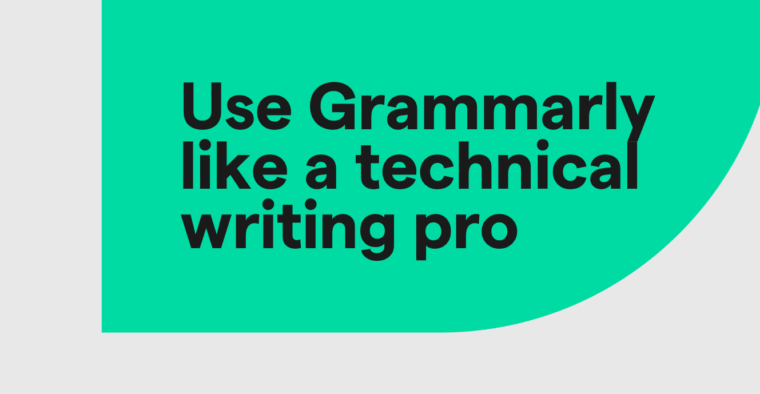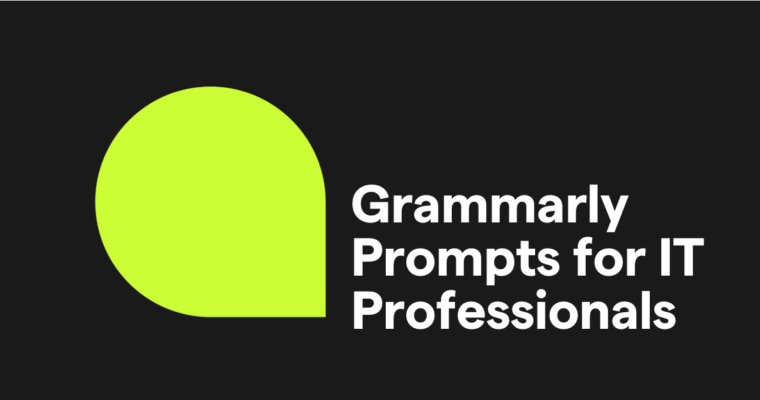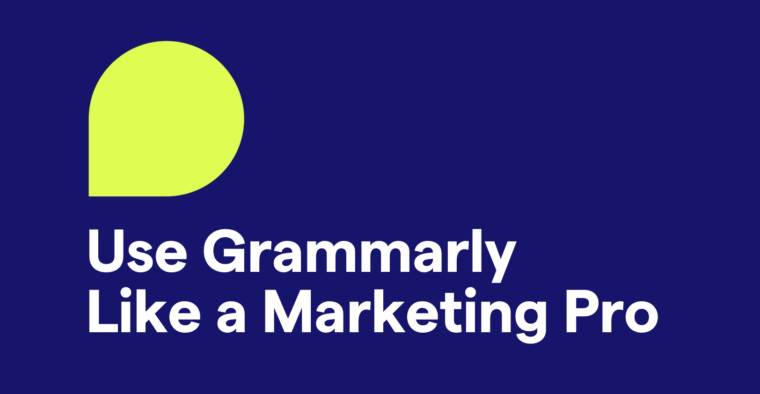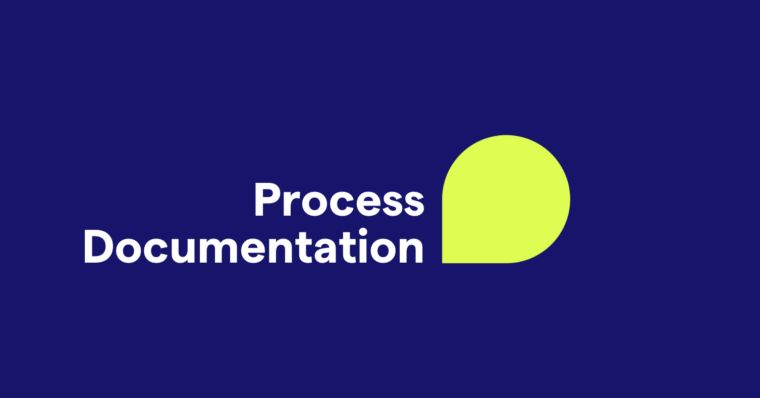
You’ve finally started your business, selling a service or product to other businesses. How exciting! Perhaps you’ve received a request for a proposal, or maybe you’re ready to start doing cold outreach. Either way, you’ve realized you won’t be able to get clients to sign on to your services without a formal business proposal. You might be wondering what a business proposal is or how to write one.
A business proposal is a document sent by a business to a potential client. It’s a way for business-to-business companies to sell their services. While that might seem daunting, it’s actually pretty straightforward.
Thankfully, once you’ve written your first business proposal, you can duplicate it with variations and customize it as much as you want to save time in the future. We’ve put together a step-by-step guide to writing your business proposal, and we’ve outlined an example. Say goodbye to overwhelm! Let’s start with the basics.
What is a business proposal?
A business proposal is a document that presents one company’s products or services to another company in detail. Business proposals are often customized for the potential client. It’s a way for the company to market its product and get on the same page as its potential client before they agree to work together.
With all of this business jargon flying around, you might be wondering, “Is a business proposal different from a business plan?” The answer is yes. A business plan is a structured document that outlines a company’s objectives and how it plans to achieve them.
A business proposal is a document that companies use to pitch and sell their products or services to other businesses.
Business-to-business companies (also called B2B) primarily use business proposals to sell their products to other businesses. Business-to-consumer, or B2C, companies use marketing to sell their products and services.
When do you need a business proposal?
If you’re a business-to-business company, a business proposal is the best format for soliciting new customers. Business proposals can be unsolicited or solicited. An unsolicited proposal is one that’s uninvited, submitted out of the blue. Unsolicited proposals are sent to drum up interest in a product, similar to a marketing brochure or cold email.
A solicited proposal is sent in response to a request for proposal (RFP); solicited proposals are typically customized for a project or to fit parameters created by a potential client.
Guidelines for writing a business proposal
A business proposal can be as short as a one-page letter or as long as you need to explain your product or service. However, your potential clients are likely busy, so keep it tight and focused.
A business proposal is typically formatted in a PDF document. You can add your brand’s colors, logos, figures, and more to the proposal to make it shine. The business proposal can be printed or delivered digitally in PDF form.
It’s recommended that business proposals be customized for both your business’s brand and each potential client. This shows your clients that you care about them, which is typically more persuasive than a generic, cookie-cutter proposal.
A business proposal should include the following information.
- Who you are and what your company offers
- The problem your potential client is facing
- The solution your company is offering
- How your company will execute the solution
- An estimate of the cost and time required to implement the solution
How to write a business proposal
Before you write your business proposal, you must get to know the potential client. You want to know what their pain points are so that you can speak to them throughout your proposal.
If they’ve sent you a request for proposal (RFP), read it thoroughly so that you understand their expectations. Additionally, you may want to schedule a discovery meeting to get to know their problems and objectives in as much detail as possible.
Once your research is complete, it’s time to create your business proposal. Every company and client is unique, so there’s no set way to write a business proposal. Despite that, there are some essential items you should include and a general format you may want to follow. Here’s a step-by-step approach to writing a business proposal.
1 Title Page
The first page of your business proposal will be a title page. This can include colors, images, and fonts that match your brand. The title page should include your business name, your name, the date you submitted the proposal, and the name of the potential client who will receive the proposal.
2 Table of contents
Your potential clients will likely be in a rush. To help them save time and navigate your proposal, it’s courteous to include a clean table of contents. Format your table of contents in an enumerated list. If your proposal is electronic, make the table of contents clickable so that it’s easier for your clients to find what they’re looking for.
3 Executive summary
An excellent executive summary will give the potential buyer a clear overview of what your company does and how you can serve them, even if they don’t go on to read the rest of the proposal. Aim to convey your executive summary in two to three thoughtful paragraphs.
This section should be a succinct overview of what your company does, what sets you apart from your competitors, why it’s the best solution for your potential client, and your company’s qualifications.
Less is more when it comes to the executive summary. Be clear, concise, and persuasive. You’ll know your summary is complete when you’ve answered the five W’s—who, what, when, where, and why.
While this section is about you and your company, you should always consider the customer. Show them that you understand them and their needs. Consider this portion as a combination of an elevator pitch and a cover letter for your business.
4 Project details
The project details section is where you persuade the potential customer that you’re the right fit for them. You’ll outline the problem statement, propose a solution, and explain your qualifications.
First, lay out the problem statement. Your product or service is designed to solve a problem they’re having. Describe that problem. Be as specific as possible. Use your previous research to customize this section for the potential client you’re creating the proposal for.
Next, show them why you’re the perfect fit to solve their problems. How do you plan to deliver the solution? Detail the estimated timeline for your solution and any relevant details about deliverables, products, or services.
Last, explain why your company is qualified to deliver these solutions. What makes your business stand out? If you can convey to the client that you’re bringing a unique or custom offer to the table, it can be more persuasive than an off-the-shelf option. Why should they trust you? If possible, quantify this with numbers of customers, awards, qualifications, or other relevant success.
5 Deliverables and milestones
This section is optional but can help as a visual aid for your potential client. Within the project details section, you can nest a chart that breaks down your deliverables and timeline. This will help set expectations for what you’re offering and when.
6 Budget
While it may feel uncomfortable, pricing your project within your proposal is necessary. There’s no way around it: Your clients have budgets, and they will be comparing prices. Break down each aspect of the project into individual components within the budget. This can make the pricing feel more manageable to the customer.
You may also want to include optional additional costs. Consider these add-ons. If you recommend specific services or products that you know would benefit that client’s specific situation, including these can showcase your expertise.
At the end of the budget portion, list the overall complete cost of the scope of work you’ve outlined. Include the payment schedule and payment terms as well.
7 Conclusion
The conclusion is the last chance to make a brief, compelling case. Distill the information you presented in the rest of your proposal into one final section. Describe how your client will find value in your service or product. Briefly mention your qualifications again. Then, prompt the client to take action by confirming your availability. By now, your proposal should have the client ready to work with you.
If this is a standardized proposal, make sure your contact information is easily available. If your proposal is customized, you can add the following few sections to encourage the client to accept your proposal and start working with you.
8 Terms and conditions
This section is optional. If you wrote a custom proposal that you expect your client to accept, include a section where the client can sign and date the proposal, accepting the terms you’ve presented. If you didn’t include it in the conclusion, you should list a brief overview of the project, including the overall timeline, payment schedule, and terms, so that the client understands what they’re agreeing to.
9 Appendix
The appendix is a section for additional information. You don’t have to include an appendix, but if you have any supplemental information that doesn’t fit within the rest of the proposal, you can include it in the appendix.
You can even reference the appendix within the rest of your proposal to avoid disrupting the flow of other written sections. This is useful for statistics, figures, illustrations, information about your team, or other reference materials you want to share.
If you don’t have any additional information, omit the appendix.
Business proposal outline example
Below, you’ll find a succinct business proposal sample. This outline is designed so that each numbered point should fit on one page. But your business proposal can be as long or as short as you need it to be. You can put two items on one page for a short business proposal or use three pages for just one item; that’s up to you!
1 Title Page
Your name, your business name, the name of the potential client’s company, and the date you sent the proposal.
2 Table of contents
An enumerated list of what’s inside your proposal.
3 Executive summary
A brief two to three paragraphs introducing your business and your proposed solution.
4 Project details
A persuasive section outlining the potential client’s problem, what you offer to alleviate the problem, and what your business’s qualifications are to solve that problem.
a. Problem statement b. Proposed solution c. Qualifications
5 Deliverables and timeline
When you plan to deliver each aspect of your solution plan, at a glance.
6 Budget
How much each aspect of your proposed solution will cost, and when payment for each will be due.
7 Conclusion
A brief summary of your proposal.
8 Terms and conditions
A clear and concise overview of your summary, payment structure, deliverables, and timeline that your potential client agrees to.
9 Appendix
Any supporting items you want to include that didn’t fit within the body of the proposal, like facts, figures, testimonials, or case studies.
Business proposal FAQs
What is a business proposal?
A business proposal is a document that presents a company’s products or services to another company, in detail.
What is the purpose of a business proposal?
A business proposal is a way to market a product or service to acquire new customers. A proposal also allows the providing company to get on the same page as their potential client before the two businesses agree to work together.
What should a business proposal include?
A business proposal should include the following information.
- Who you are and what your company offers
- The problem your potential client is facing
- The solution your company is offering
- How your company will execute the solution
- An estimate of the cost and time needed to implement the solution






